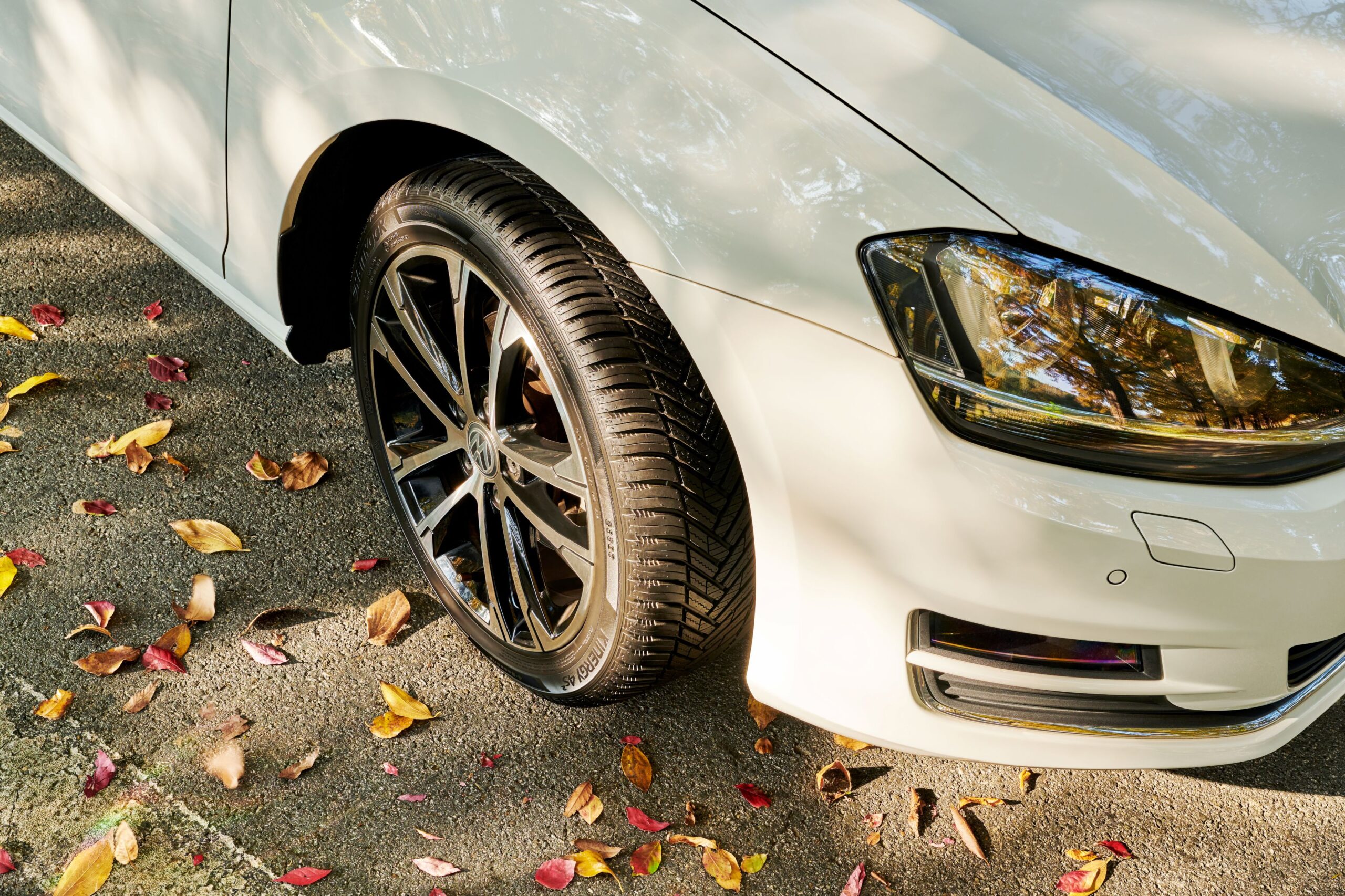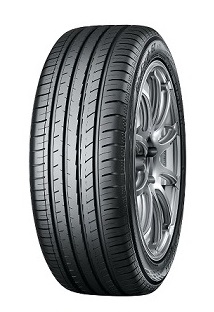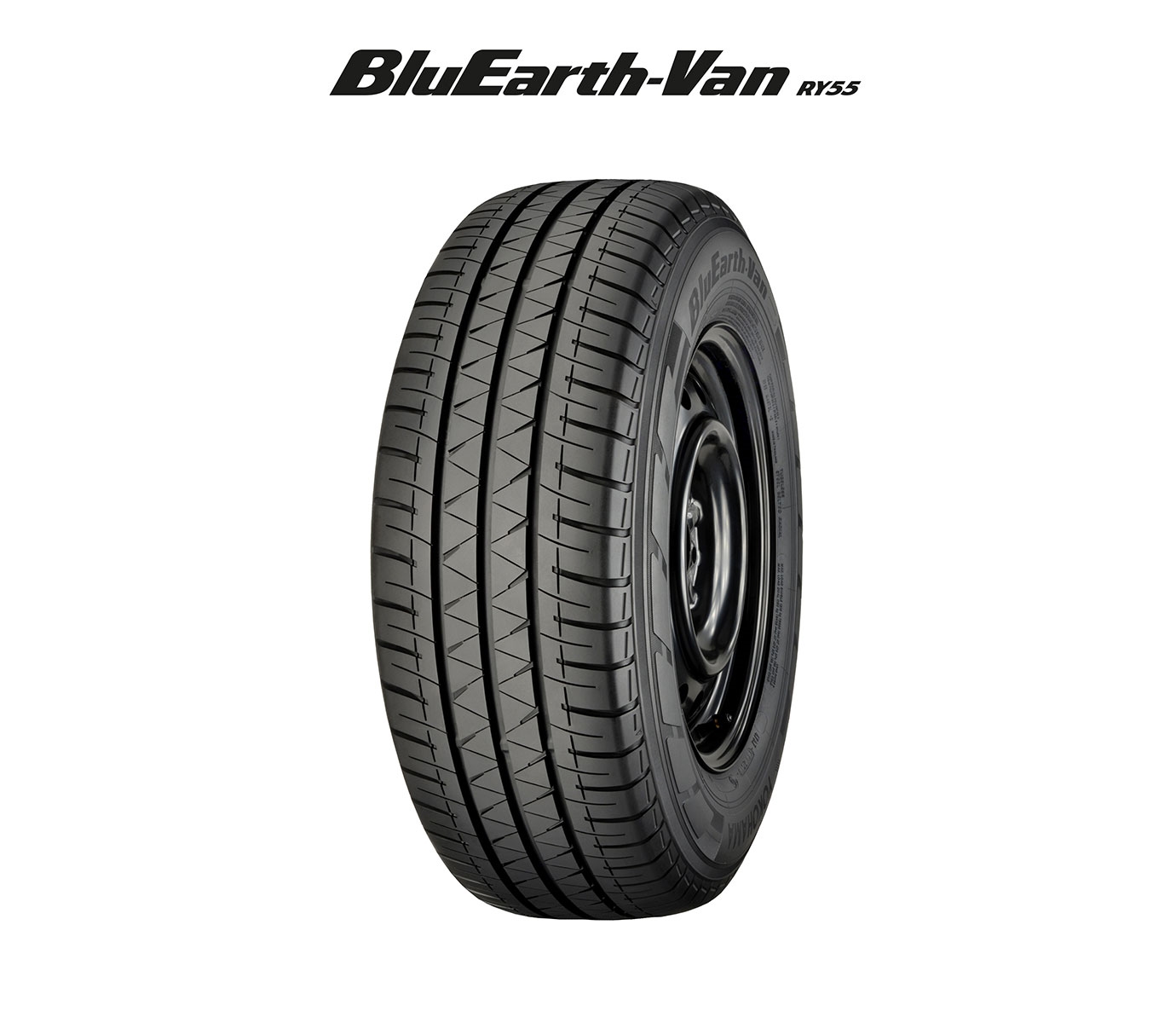With just 39 per cent of UK drivers aware that the minimum legal tyre tread depth is 1.6mm, Hankook has published six safety tips designed to help you understand some of the most important tyre facts.
“Understanding tyre terminology might seem daunting at first, but it can make a big difference in maintaining safer vehicles, cutting unnecessary running costs, and making informed decisions when purchasing or replacing tyres”, explained Mark Eatwell, Technical Services Manager at Hankook Tyre UK.
- PSI (Pounds per square inch)
PSI is a measurement of air pressure inside your tyres. Maintaining the correct PSI is essential for tyres to perform optimally. For instance, if the pressure is too high, the tyres wear unevenly and can reduce grip; if it’s too low, it increases rolling resistance, which can lead to excessive fuel consumption and overheating of the tyres.
A car’s tyre-pressure monitoring system (TPMS) tools measures tyre pressure and will flag to the driver when pressure is low; keeping the tyres properly inflated will help with fuel economy and improve the handling of the vehicle, so it’s best to not ignore these warnings.
“If you want to check your tyre’s air pressure, you can usually find the recommended PSI for your vehicle in the owner’s manual or on a label inside the driver’s doorframe. Most petrol stations have air pumps to check and adjust your PSI, making it easy to keep your tyres in tip-top shape”, explains Eatwell, adding that another term that may crop up here is ‘bead’ – the area of the mounted tyre that sits against the wheel rim, forming an airtight seal: “The bead is crucial for keeping the tyre securely seated and maintaining proper inflation”.
- Tread depth
Tread depth refers to the measurement of the grooves in the tyre’s surface. These grooves are critical for dispersing water from underneath the tyre, maintaining grip, and preventing skidding, especially in wet conditions.
“The legal minimum tread depth in the UK is 1.6mm across the central three-quarters of the tyre’s width and around its entire circumference. It’s a good idea to check your tyres regularly using a tread depth gauge or the simple “20p test” – if the outer band of the coin is visible when placed in the groove, it’s time to replace that tyre”, advises Mark Eatwell.
For example, the marking “205/55R16 91V” breaks down as follows:
205 – The width of the tyre in millimetres
55 – The height of the tyre’s sidewall as a percentage of its width (aspect ratio)
R16 – The tyre’s construction type (radial) and diameter of the wheel in inches
91V – The load index (how much weight the tyre can carry) and speed rating (the maximum speed the tyre can safely handle)
Deciphering these digits can help ensure consumers are buying the right tyres for their car.
- Rolling resistance
Rolling resistance is the force that slows a tyre as it rolls, caused by the tyre pressing and rubbing against the road.
Tyres with low rolling resistance are designed to reduce energy losses as the tyre rolls, making the car more fuel-efficient.
- DOT code
The DOT code is a series of letters and numbers that indicates where and when a tyre was manufactured. The last four digits represent the week and year of production (e.g., “1525” means the tyre was made in the 15th week of 2025).
- Alignment, tracking and balancing
It may sound like a smart navigation tool, but tracking refers to the angle and direction that tyres are set to, or it’s wheel alignment. As Eatwell explains, “As your tyre hits kerbs or speeds through potholes, they can turn away from a straight position and when this happens you might notice a dragging to one side when steering, uneven tyre wear or, in extreme cases, vibration through the steering wheel.
“Proper alignment helps tyres wear evenly and ensures the vehicle handles as it should, particularly when steering or cornering.
“Wheel balancing, on the other hand, is all about making sure the tyre and wheel assembly rotate evenly. If a wheel is out of balance, you might feel vibrations at certain speeds, which can cause uneven wear and potentially damage your suspension. Both alignment and balancing are essential for a smooth, safe ride and can extend the life of your tyres.”
Understanding these terms equips road users with the knowledge to regularly monitor their tyres for wear, pressure issues, and damage. This not only keeps them safer but also helps their tyres last longer. Plus, staying on top of tyre maintenance can prevent potential fines for non-compliance, such as having insufficient tread depth.









